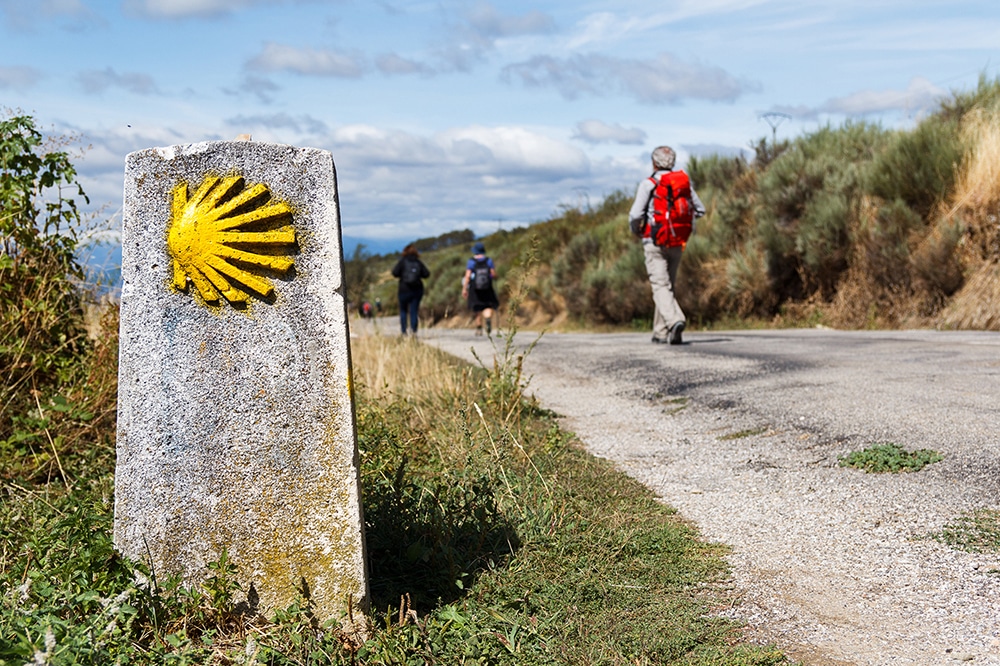 In years when the Church reads the Gospel of Mark, which is the shortest of the Gospels, we spend mid-summer Masses listening to the Bread of Life discourse in the Gospel of John.
In years when the Church reads the Gospel of Mark, which is the shortest of the Gospels, we spend mid-summer Masses listening to the Bread of Life discourse in the Gospel of John.
John 6, as we will see over the next five weeks (the fourth section from John will not be read this year because of the solemnity of the Assumption falling on a Sunday), is a meditation upon both the Scriptures and the Eucharist.
John 6 begins with action. He has crossed the sea of Galilee, and the people have followed him. They have heard that he heals the sick. They come to him out of hope.
Perhaps, Jesus might heal them, sharing the mercy of God.
| July 25 – Seventeenth Sunday in Ordinary Time |
|---|
|
2 Kgs 4:42-44
Ps 145:10-11, 15-16, 17-18
Eph 4:1-6
Jn 6:1-15
|
The text points the reader to the marvelous event that will unfold. Jesus and his disciples go up a mountain. Moses encountered God on a mountain. The Law was revealed on a mountain. Mountains are places where God reveals himself.
Further, the feast of Passover is approaching. It is the memorial of Israel’s liberation from Egypt by the very hand of God.
In this place and time, Jesus looks up. He sees the crowds arriving.
At once, he asks Philip where they can get enough food to feed the thousands flocking to Jesus. Philip responds with incredulity. How could they ever get enough food for the thousands?
Andrew points out that there is a boy with five barley loaves and two fish. These numbers mean something, but the disciples do not yet understand.
Five plus two equals seven.
There are seven days of creation.
What Jesus is about to do is a re-creation of Israel. The crowds gathered will experience anew the miracle of manna. They will be fed with bread from heaven.
Jesus took the five loaves and two fish. He distributed it to the crowds. Not only was there enough. There were 12 baskets left over.
Once again, the number means something. In the Old Testament, there are the 12 tribes of Israel. In feeding the crowds in the wilderness, Jesus gathers the nascent Church around this miraculous bread. Not a fragment of bread will be lost, meaning that Jesus now comes to gather every man and woman into this community of those fed by the hand of God.
The people recognize that something wonderful has been done. But like all signs in John, they do not fully understand. They believe Jesus to be a marvelous prophet, the new Moses, who has come to lead Israel to victory.
They seek to make him king, but he escapes, withdrawing alone to the mountain.
We know more than those gathered crowds. We know that this sign points to Jesus’ body and blood, to his very presence dwelling in each of our parishes.
We also know what it means to belong to the Church, not a bureaucracy or NGO, but the communion of love that has been created by Jesus for the life of the world.
The Church that listens to the Word of God, the Church that feasts at the altar, and the Church that feeds the hungry and thirsty, is Eucharistic through and through.
In the coming weeks, Jesus invites us to reflect on the Eucharistic origins of the Church. He does not assemble propositions for us to reflect upon but images to contemplate.
So, during this mid-summer sojourn through John, let us follow Jesus to the top of the mountain. Let us be alone with the Word of God, with the Blessed Sacrament, and let us learn anew the gift of the invitation we receive each week to sup at the Lamb’s banquet.
Timothy P. O’Malley, Ph.D., is the director of education at the McGrath Institute for Church Life at the University of Notre Dame.







